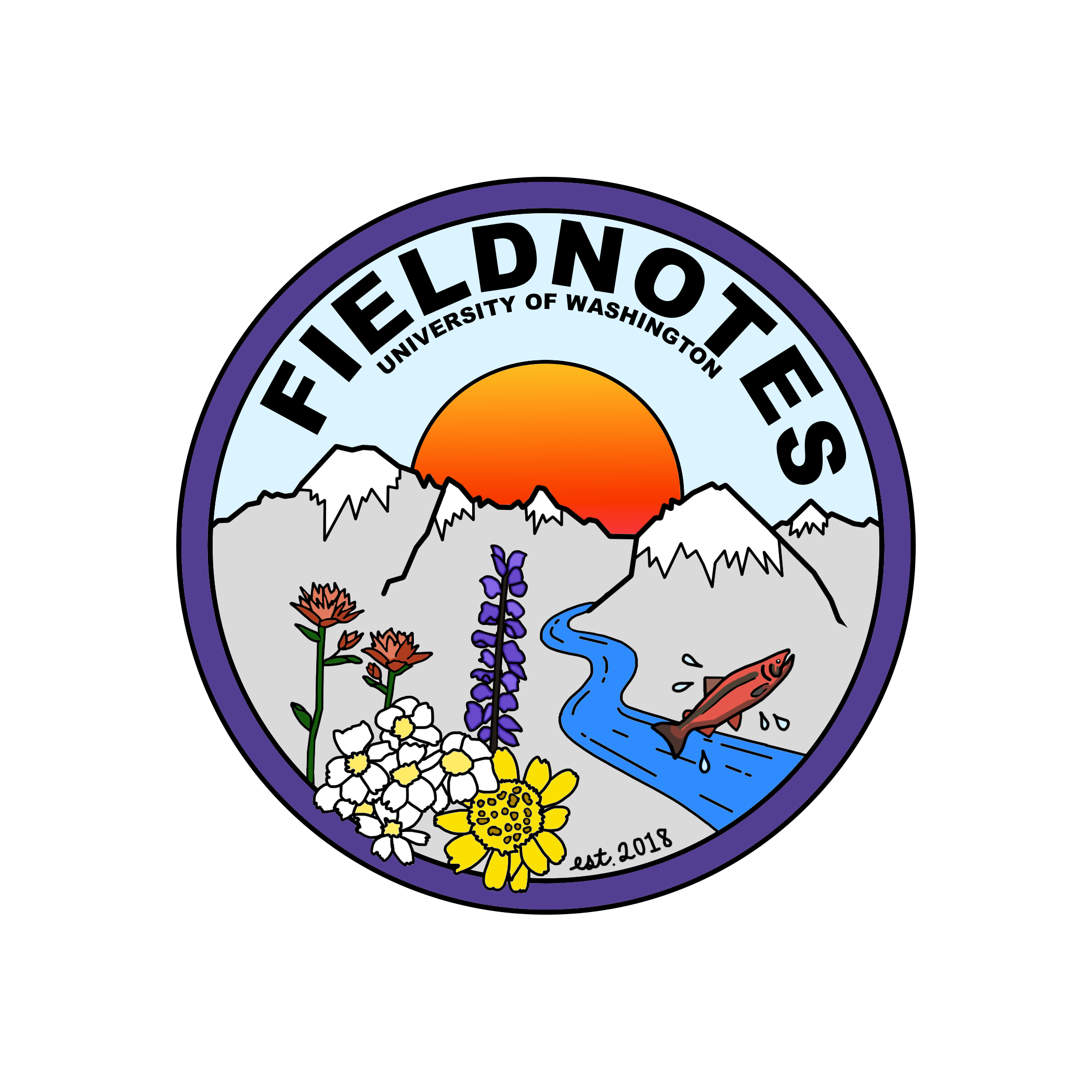Hot on the Trail: Wildfire Impacts on Outdoor Recreation
By Lauren Grady, Marine Biology ‘25
The 2023 Delabarre Fire on the Olympic Peninsula sweeping through a forest (Image credit: National Park Service).
For many residents of the Pacific Northwest, outdoor recreation is a staple of life. Hiking, backpacking, and outdoor climbing are popular pastimes for Northwest natives. They provide an escape from city living, connect suburban and urban communities to nature, and improve both mental and physical health. In 2022, a reported 1.3 million Seattle-area residents had gone on a hike.
Outdoor recreation is not just popular in Washington State. According to the Outdoor Foundation’s 2022 trend report, 58.7 million Americans went hiking in 2021 and 10.3 million went backpacking. Visitation to national parks has also increased, with annual visitor numbers exceeding 325 million people in 2023.
While outdoor recreation is becoming more popular than ever, something else is also on the rise: wildfires are sweeping the nation and negatively impacting the public’s ability to recreate safely. Washington state is no stranger to wildfires, averaging 900 each year. However, 2023 saw a reported 1,884 wildfires, the second-highest number ever recorded in state history. 2023 also sparked the Sourdough Mountain Fire in North Cascades National Park, which scorched the land, shut down SR-20, and has closed trails in the area to this day. Wildfires in recent history have destroyed thousands of miles of trails and hundreds of outdoor climbing sites. Smoke from fires can also cause respiratory issues and other adverse health effects that counteract the benefits of outdoor physical activities.
The 2023 Sourdough Fire viewed from the Pyramid Lake Trailhead (Image credit: Sounder Bruce/Wikimedia Commons).
Wildfires are not just a problem for outdoor enthusiasts and human health. Less-populated states in the American West often rely heavily on outdoor recreational tourism to support their economies. For example, significant percentages of Montana (5.1%), Alaska (4.2%), and Wyoming’s (4.4%) GDPs are supported by outdoor recreation. Without proper mitigation of and efforts to prevent wildfires from impeding on outdoor activities, these states’ economies may suffer.
While naturally-occurring wildfires are on the rise, it is important to note that the overwhelming majority of wildfires are caused by human activity. These fires can occur through vehicle usage outside of designated areas, remote overnight camping, and improper extinguishing of campfires.
To prevent the growing impacts of wildfires while maintaining access to nature, education on the dangers of certain fire-causing activities must improve. Educating outdoor recreationists on high-risk activities like proper vehicle use and campfire creation and extinguishment are essential. Increasing the number of burn bans and prescribed burns in remote areas may also prove to be beneficial. Finally, teaching fire safety and monitoring trail closures in response to wildfire activity on the WTA website are crucial for ensuring personal safety. Wildfires will continue to challenge the American West as climate change progresses, and it is imperative that outdoor recreationists do their part to protect the trails and limit wildfire risk.
A Pacific Crest Trail thru hiker runs from a wildfire that broke out at their campground (Image credit: PCTA/Elliot Schwimmer).
Link to the Washington Trail Association’s “Go Outside” map that features toggles for wildfires, air quality, and snow depth.



